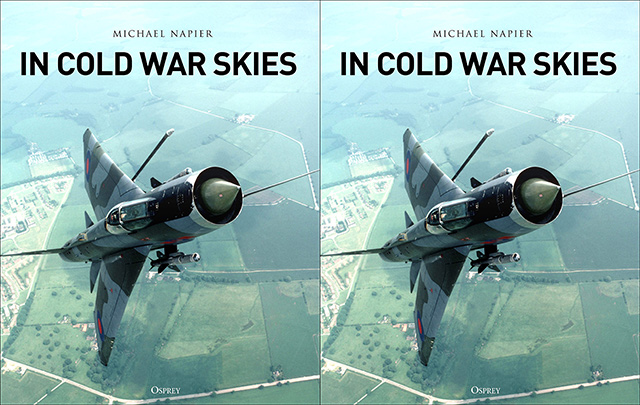In Cold War Skies: NATO and Soviet Air Power, 1949-89

In Cold War Skies: NATO and Soviet Air Power, 1949-89, Michael Napier, Osprey, 2020, 320p, £30-00. ISBN 978-1-4728-3688-5.
This book will appeal to two separate audiences. At one level Michael Napier has provided in extraordinary detail the nature and development of air defence in the widest reaches of the European theatre of the Cold War, with NATO, Soviet and neutral capabilities being explored. These capabilities are accompanied with exceptionally good photography and very clear technical definitions and descriptions.
Equally anyone interested in developing a broad understanding of how the Cold War evolved will also find the structure of this book very helpful. It is organized into five sections, the first four of which are preceded by a observation by a prominent figure, with these observations providing an interpretative framework. It begins with George Orwell’s prescient observation that a peace which required nuclear threats to sustain it amounted to ‘a peace that is no peace’. He then moves through a seemingly threatening comment by Khrushchev, which may have spurred the ‘détente’ that was emerging by the end of the 1960s, to Willy Brandt’s notion that what had happened had, in effect, frozen frontiers without achieving anything more, to Ronald Reagan’s challenge in Berlin to Mikhail Gorbachev to ‘tear down this wall’. Following this thread is very helpful and can provide a structure to our understanding of how things evolved.
At the end, however, Napier does include a quotation from Gorbachev in 2019 with his analysis that the dismantlement of the post-Second World War status quo in Europe, which brought NATO membership directly to the Russian border had failed ‘to create a modern security architecture’.
There is a powerful message in this book about how politicians plan for the future.

